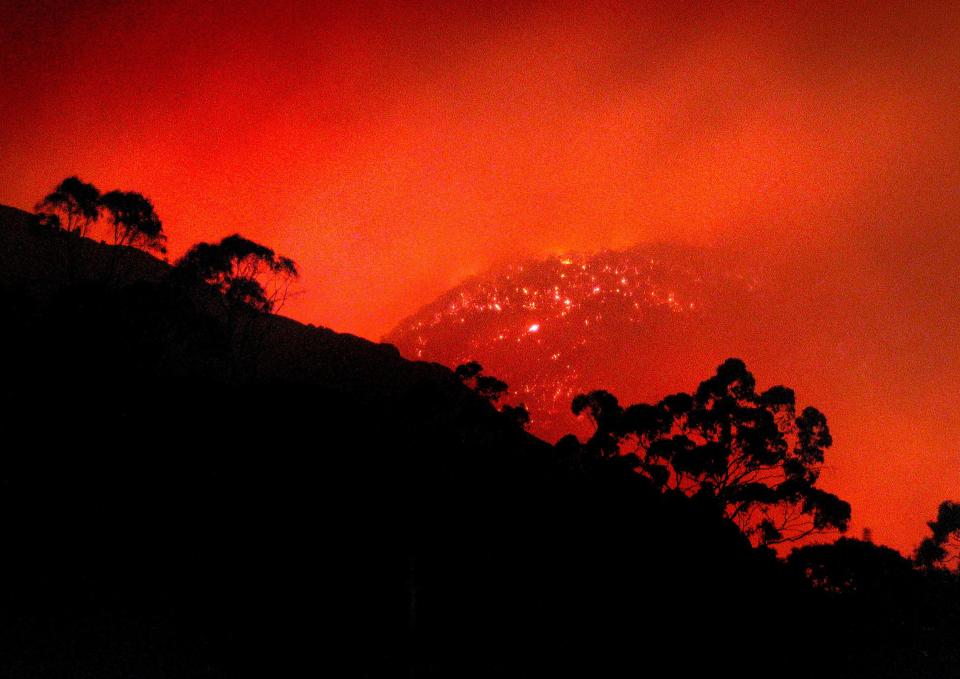
PUBLICATIONS
Published works

Climatology of wind changes and elevated fire danger over Victoria, Australia
| Title | Climatology of wind changes and elevated fire danger over Victoria, Australia |
| Publication Type | Journal Article |
| Year of Publication | 2020 |
| Authors | Mills, GA, Harris, S, Brown, T, Chen, A |
| Journal | Journal of Southern Hemisphere Earth System Science |
| Date Published | 10/2020 |
| Keywords | Australia, bushfires, climatology, extreme weather, fire danger, fire management, firefighter entrapment, Victoria, wind changes |
| Abstract | Wind changes are a critical factor in fire management, particularly on days of elevated fire danger, and have been shown to be a factor in many firefighter entrapments in Australia and the USA. While there have been numerous studies of frontal wind changes over southeastern Australia since the 1950s, a spatial climatology of wind change strength and frequency over Victoria has hitherto been limited by the relatively low number of observation sites that have both high temporal resolution observations and sufficient length of record. This study used a recently developed high spatial (4-km grid) and temporal (1 hour) resolution, 46-year, homogeneous gridded fire weather climatology data set to generate a climatology of wind change strength by season at each gridpoint across Victoria. The metric used to define a wind change is the vector difference between the wind speed and direction over each 1-hour interval, with the highest value occuring on each day being selected for spatial analysis of strength and frequency. The highest values of wind change strength are found along the crest of the Great Dividing Range (the Great Divide), with a peak in spring. Elsewhere, the highest values occur in summer, with the areas south of the Great Divide, west of Melbourne and in central Gippsland showing higher values than the remainder of the state. The strength of wind changes generally decreases north of the Great Divide, although it is stronger in the northwest of the state in spring rather than in autumn. Lowest summertime (and other seasons) values occur in the northeast of the state and in far-east Gippsland. Exploring the frequencies of days when the highest daily Forest Fire Danger Index and the highest daily wind change strength jointly exceed defined thresholds shows that the northwest of the state has the highest springtime frequencies, whereas the highest autumn frequencies occur west of Melbourne and south of the Great Divide. The highest numbers of joint events in summer (when the greatest frequencies also occur) extend from central Victoria west to the South Australian border, with a secondary maximum in central Gippsland. These analyses offer important information for fire weather forecasters and for fire practitioners when preparing for a fire season or managing a fire campaign (for example, for allocating resources or understanding risks). |
| URL | https://www.publish.csiro.au/es/ES19043 |
| DOI | 10.1071/ES19043 |
| Refereed Designation | Refereed |
Published Works


